INDIAN EXPORTS FOR PRINTED BEDLINEN OF MANMADE FIBRES (HSN CODE 630222)
Share Post
Overview
The export market for Indian printed bedlinen of manmade fibres has experienced a slight decline from USD 13.9 million in 2016 to USD 11.7 million in 2022. Despite a peak in 2017 at USD 14.6 million, there has been a general downward trend, with minor recoveries in 2020 and 2021.
Country-Specific Insights:
• Germany: As the primary importer, Germany’s demand decreased from USD 11.3 million in 2016 to USD 7.6 million in 2022, yet it still holds a significant majority of the market share at 64.9%.
• Netherlands: The Netherlands showed a remarkable increase from nearly no imports to USD 1.8 million in 2022, suggesting a growing interest in Indian printed bedlinen.
• USA: The USA’s import figures have remained relatively stable, with a slight decrease to USD 0.8 million in 2022 from USD 0.8 million in 2016.
• Israel: Israel’s market is small but showed some interest in 2019 and 2021, with a slight increase to USD 0.2 million in 2022.
• Italy: Italy emerged as a new market in 2022, with imports of USD 0.2 million, indicating potential for growth.
• Australia: Australia’s imports have been minimal and consistent, with a slight increase to USD 0.2 million in 2022.
India’s Position and Comparative Analysis:
India’s export of printed bedlinen has seen Germany as its stalwart importer, though with a declining trend. The Netherlands appears to be a growing market, potentially offsetting some of the losses from Germany. The USA, Israel, Italy, and Australia represent smaller but consistent markets.
The overall decrease in global demand for Indian printed bedlinen could be due to various factors, including increased competition, shifts in consumer preferences towards non-printed variants, or economic factors affecting discretionary spending. The growth in the Netherlands market could be attributed to marketing efforts or changes in consumer tastes. The emergence of Italy as a new market suggests successful penetration into new European markets. The stability in the USA and Australian markets indicates a sustained preference for Indian products, despite the overall downward trend.
11:37 AM, Sep 09
Other Related Topics


Foreign Buyers Forge New Ties at UP International Trade Show
04:21 PM, Sep 30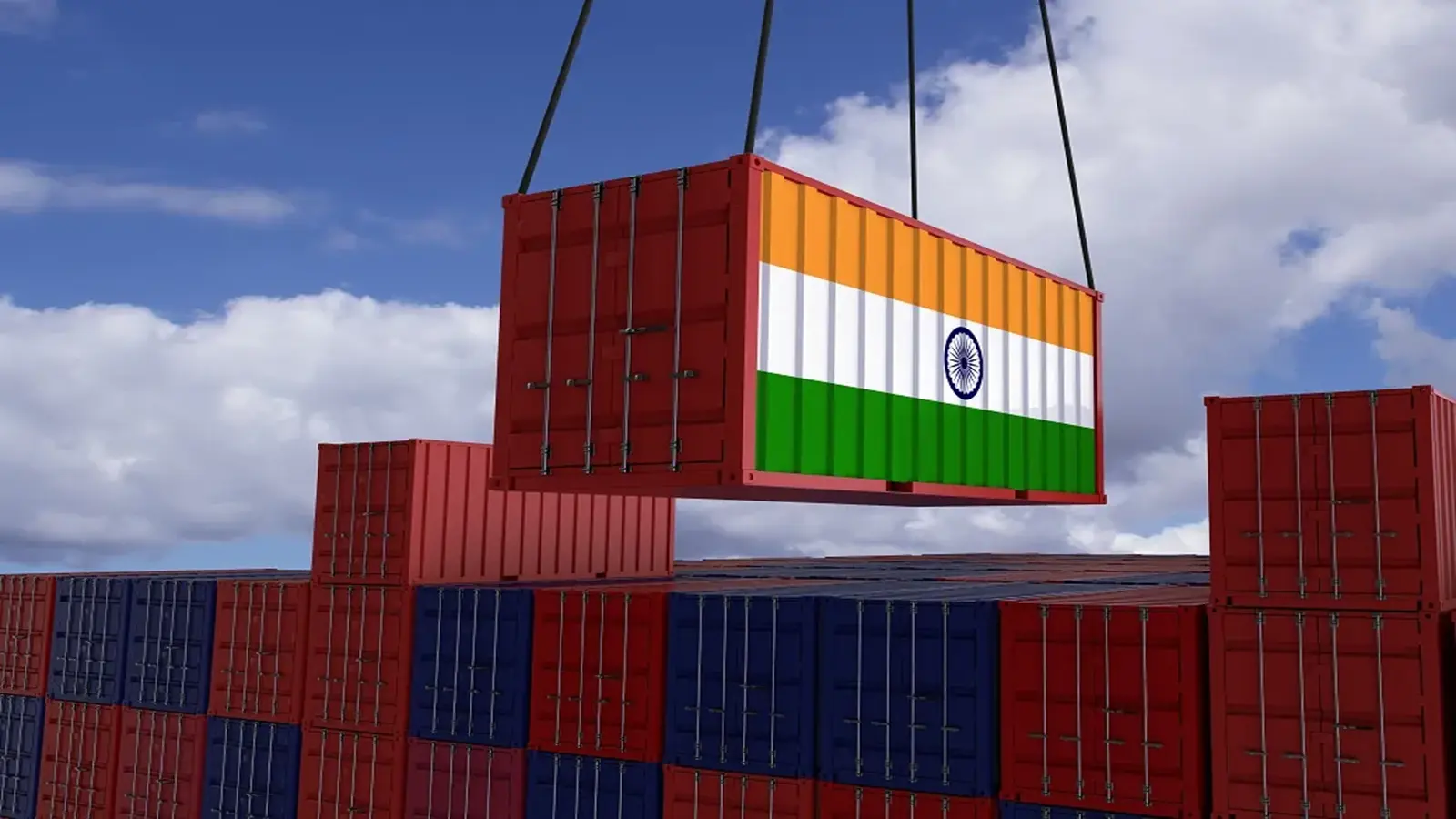
Government Extends RoDTEP Export Incentive Scheme Until March 2026
03:35 PM, Sep 30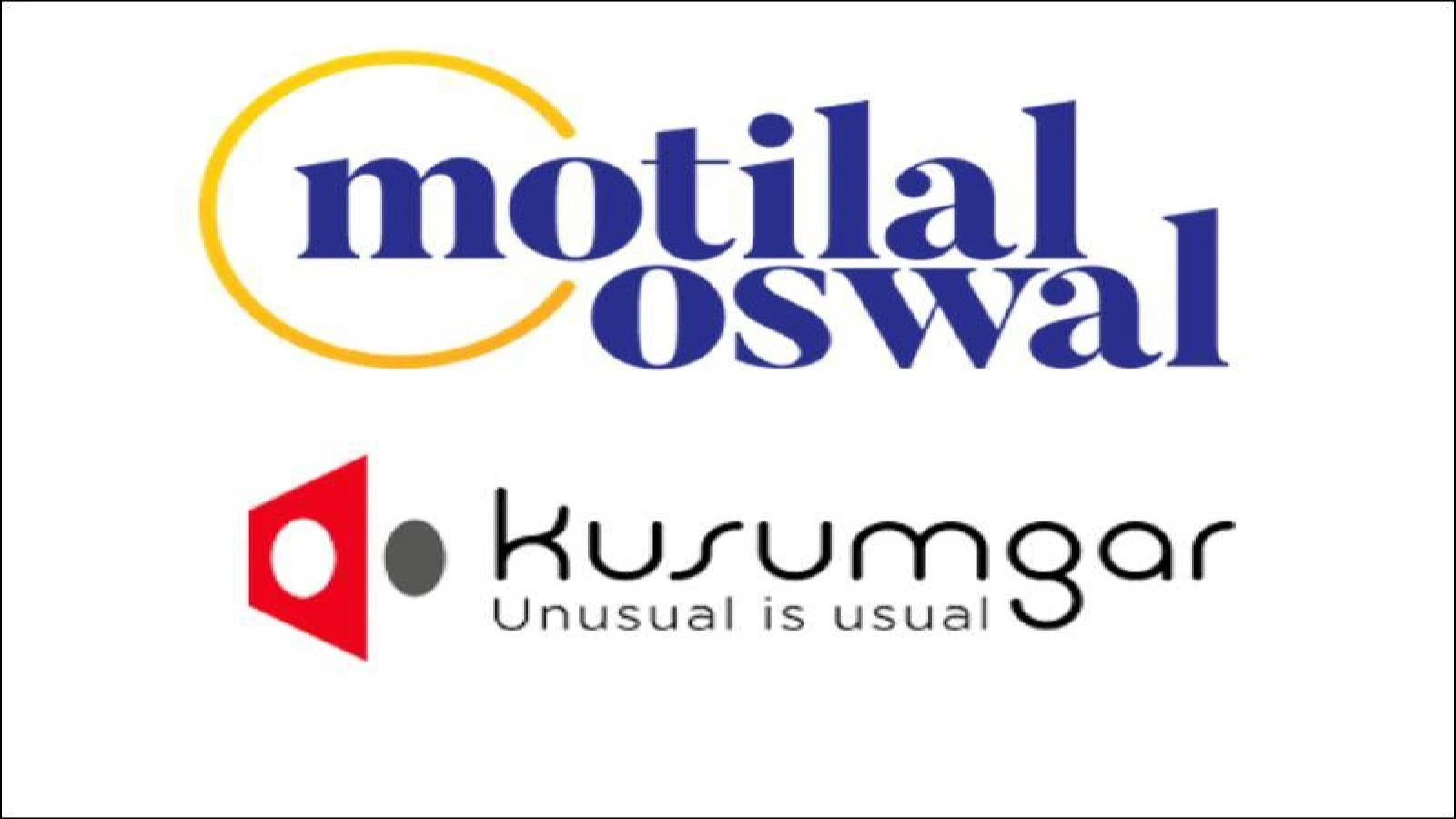


4.PNG)
























.png)




31.PNG)

31.PNG)

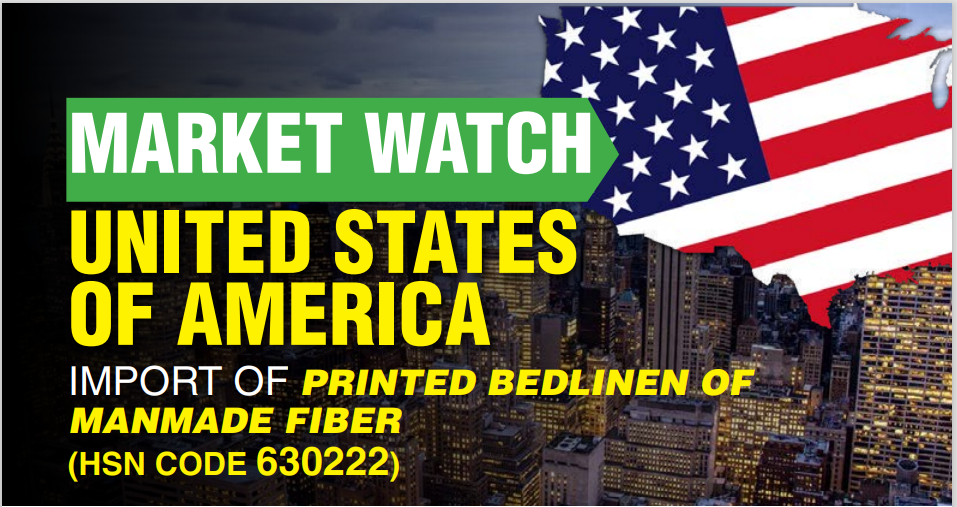
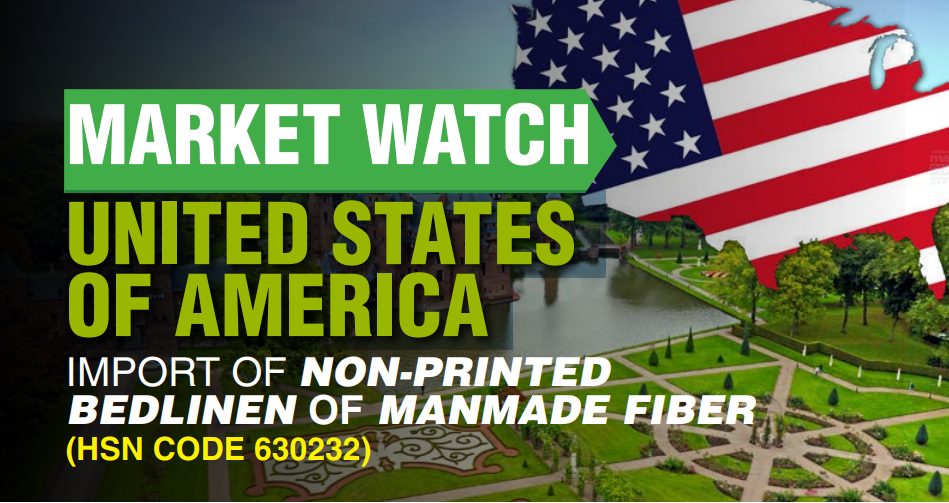
51.PNG)
41.PNG)
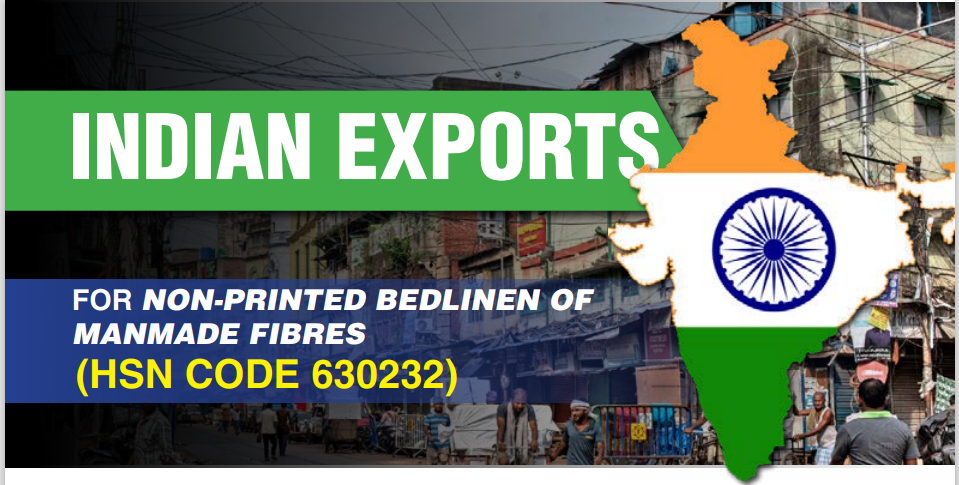


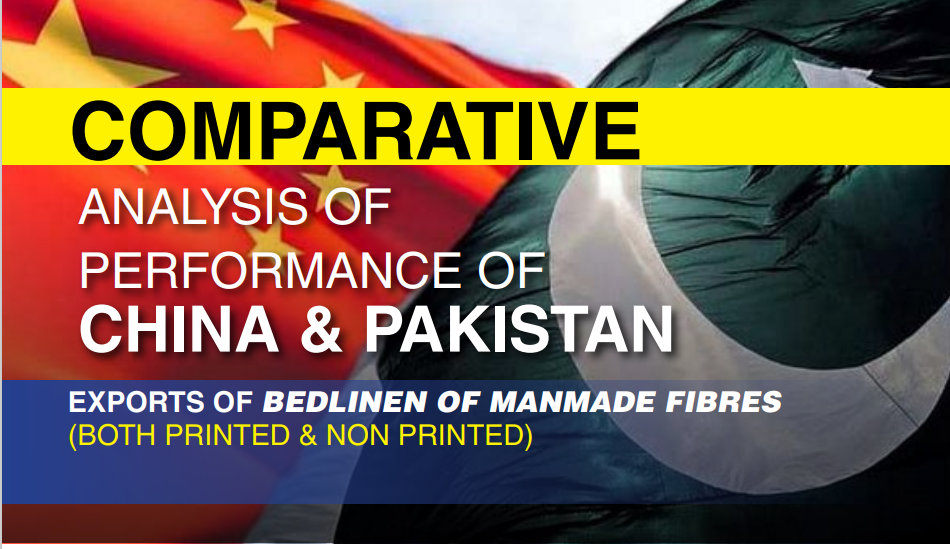
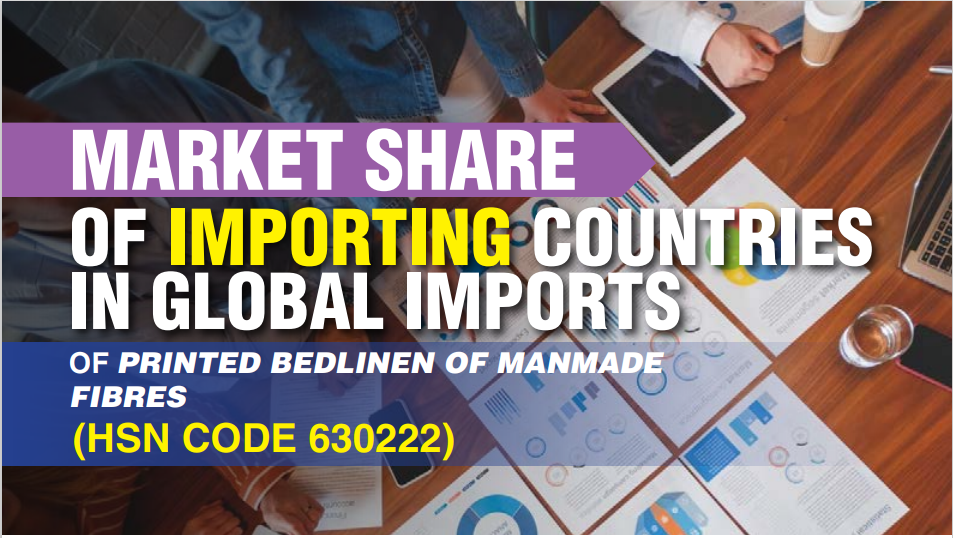
1.PNG)
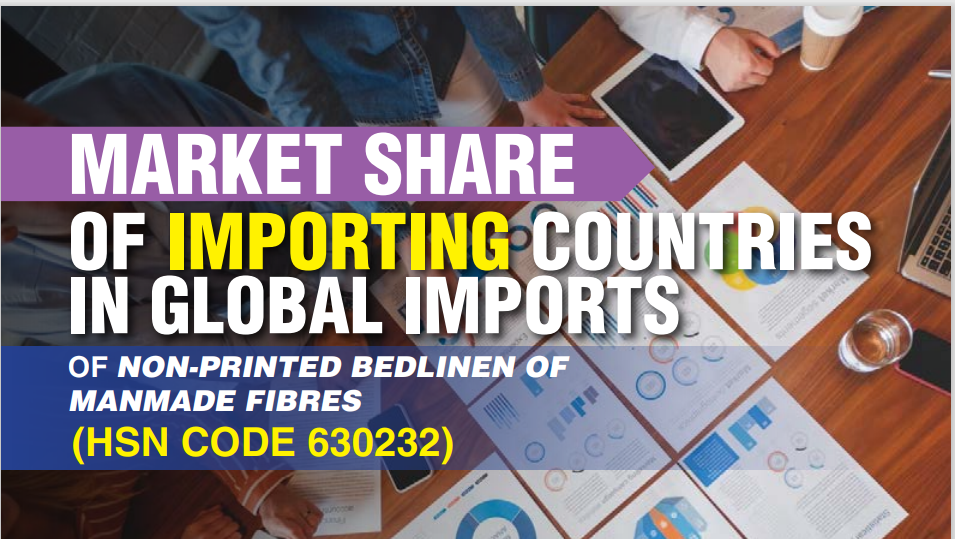

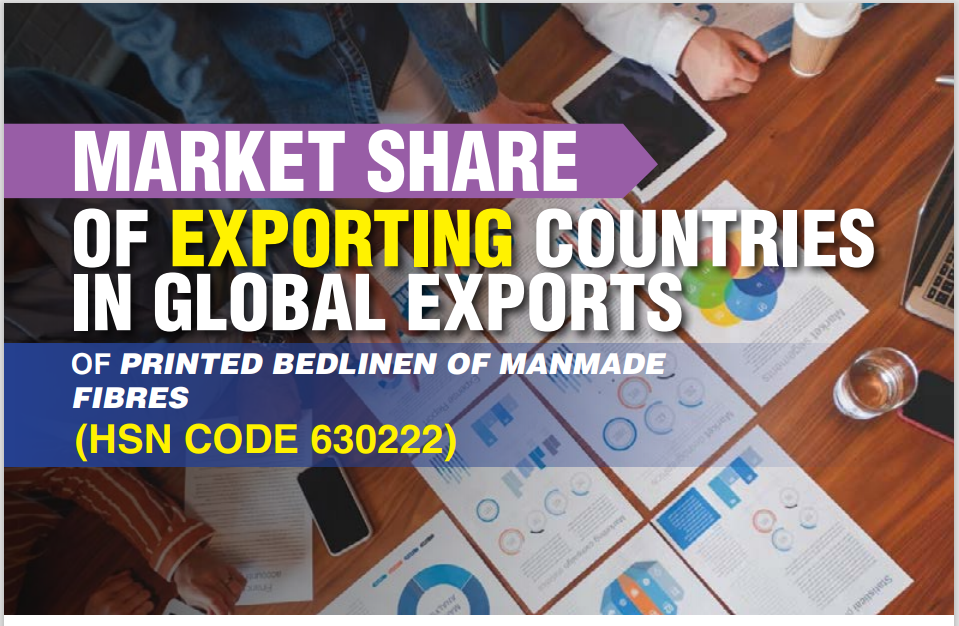
1.PNG)

